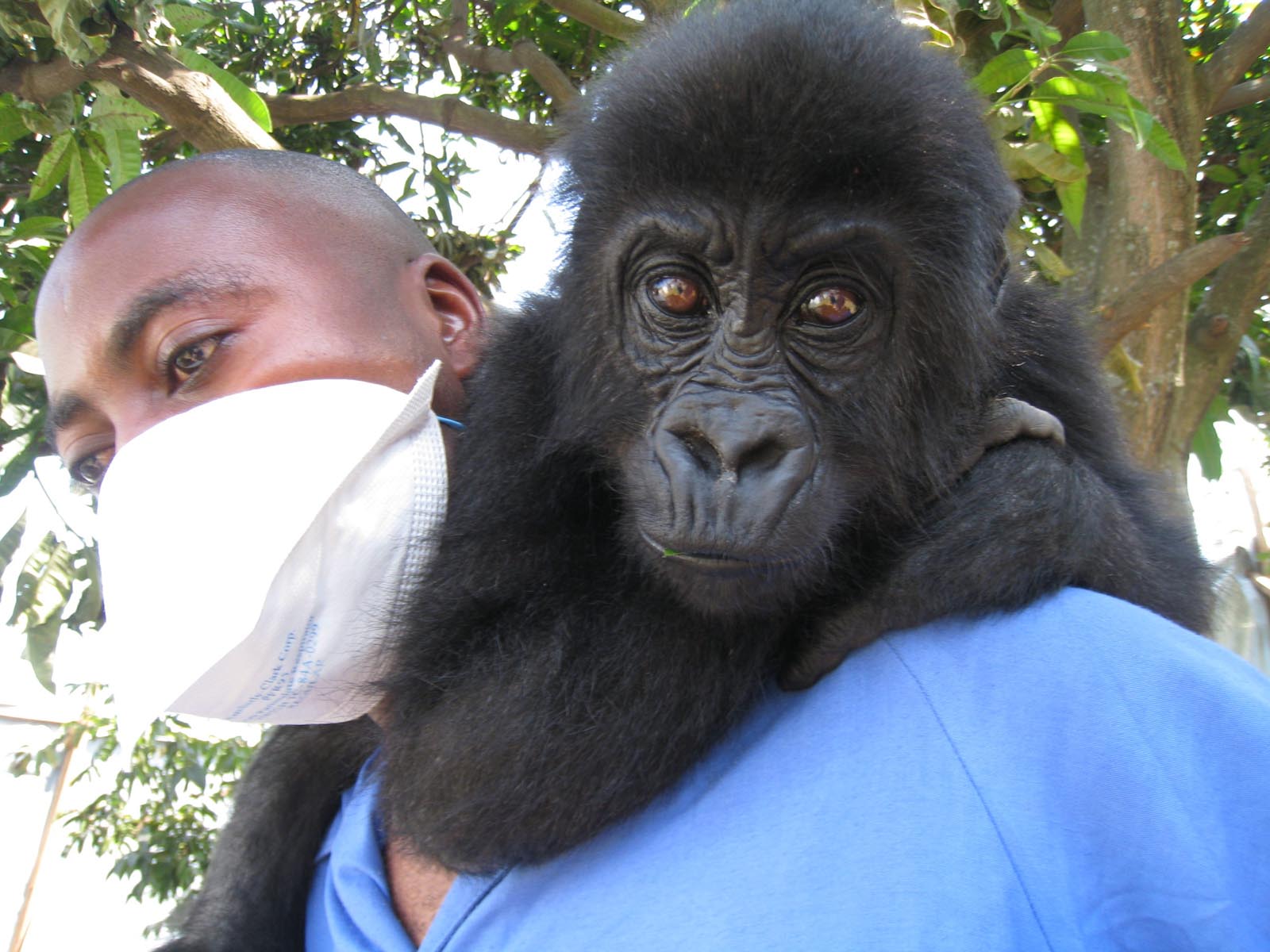
They get all of the moisture they need from their food and morning dew. Gorillas usually don't need to drink water from lakes or streams. Young gorillas often make their nests in trees, and older gorillas make their nests on the ground. They can use simple tools and learn sign language. This allows them to walk on all four limbs while still remaining somewhat upright. Gorillas' arms are longer than their legs. The WWF estimates that there are about 100,000 lowland gorillas still in existence. It is unknown exactly how many of these gorillas are left. While data are lacking to determine the population of Eastern lowland gorillas, the IUCN says it is believed that the total population has decreased dramatically.Īccording to the IUCN, the Gorilla gorilla species (Western lowland gorillas and Cross River gorillas) is critically endangered, with a population reduction of more than 80 percent over three generations (a generation is about 22 years). IUCN estimates that there are about 680 mountain gorillas left in two isolated populations. They are hunted and their habitat has been destroyed by mining and agriculture. The International Union for Conservation of Nature (IUCN) lists the Gorilla beringei species (mountain gorillas and Eastern lowland gorillas) as endangered on its Red List of Threatened Species. (Image credit: Photodynamic Shutterstock) Conservation status

Gorilla gorilla gorilla (Western lowland gorilla).This is within less than 20 of their total range. We've shown that the north of this country contains perhaps half or more of the world’s total gorilla population. Kingdom: Animalia Subkingdom: Bilateria Infrakingdom: Deuterostomia Phylum: Chordata Subphylum: Vertebrata Infraphylum: Gnathostomata Superclass: Tetrapoda Class: Mammalia Subclass: Theria Infraclass: Eutheria Order: Primates Suborder: Haplorrhini Infraorder: Simiiformes Superfamily: Hominoidea Family: Hominidae Subfamily: Homininae Genus & species: Gorilla gorilla, Gorilla beringei Subspecies: WCS is a world leader in monitoring wildlife populations, active in several important long-term protected areas in the Republic of Congo, such as the Nouabale-Ndoki National Park.

The taxonomy of gorillas, according to the Integrated Taxonomic Information System(ITIS), is: Gorillas can live around 35 years in the wild and more than 50 years in zoos, according to the WWF. At this point, the gorilla will leave its mother's group to find a mate. From the time they're about 4 months to 2 or 3 years old, young gorillas ride on their mothers' backs as a form of transportation.Īt around 7 to 10 years, the young gorilla will become mature enough to have its own offspring. Like humans, female gorillas are pregnant for nine months and usually give birth to only one infant at a time. Mountain gorillas only weigh four pounds when they're born.


 0 kommentar(er)
0 kommentar(er)
